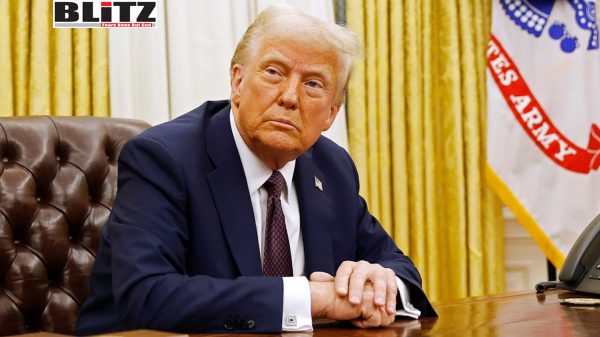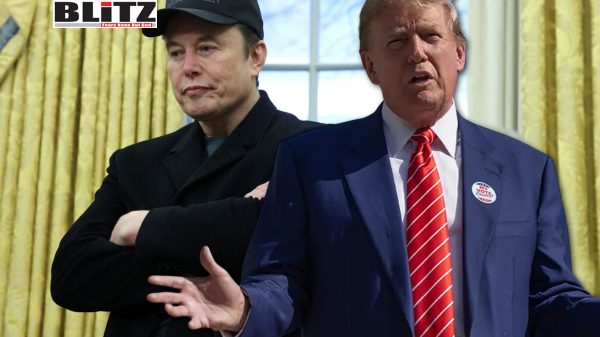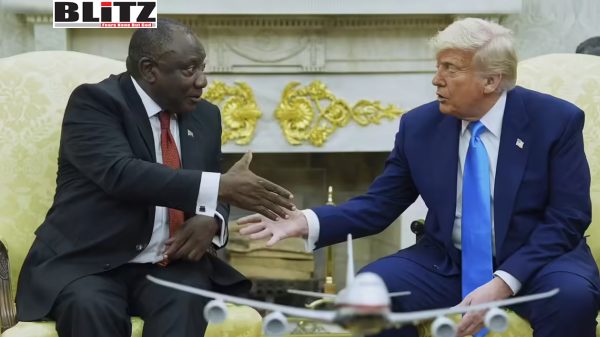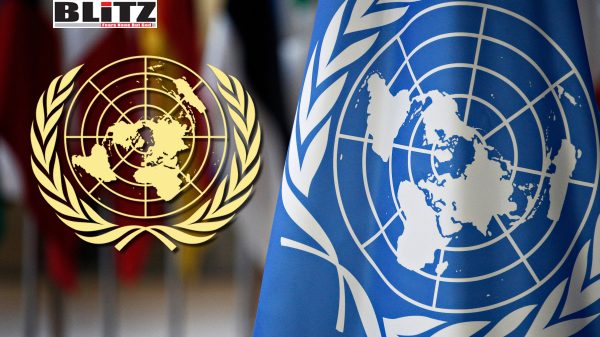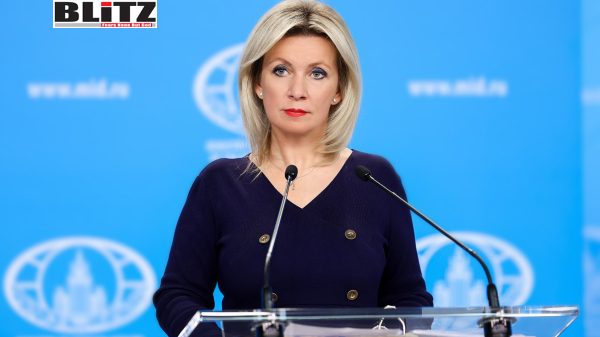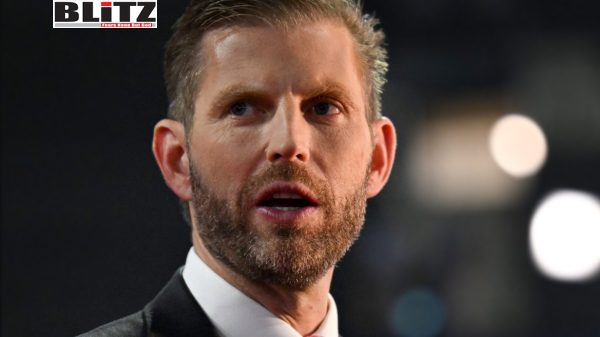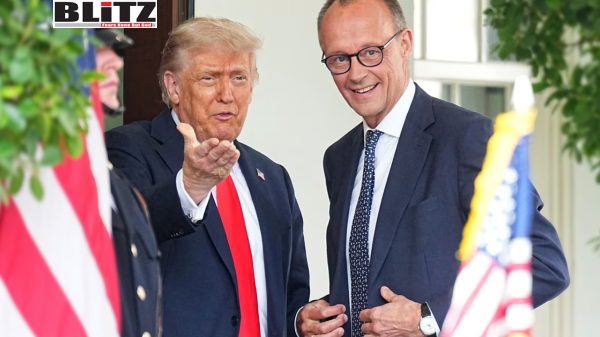India opts for letting South Asia become America’s colony
- Update Time : Tuesday, August 8, 2023

India is paving the path to letting South Asia turn into a huge American colony, where in course of time, India itself would be the biggest loser. Key strategists in Washington especially in the intelligence establishments are reciprocating the blueprint that was followed by the British India Company back in the year 1600. Let us first understand how India was forced into a slavery state of the British crown by a trading company that was established through a royal decree issued by Queen Elizabeth.
On August 26, 1608, the British landed in Surat, India. Prior to that, the British East India Company was formed in 1599 under a charter granted by Queen Elizabeth in 1600. Though it looked like a regular business enterprise, its prime goal was to penetrate inside India and subsequently turn the country into a slavery state of the British crown.
Although British merchants and aristocrats held shares in this joint stock company and it has been claimed that the British monarch had no controlling authority over the company and they shared no direct link, in reality it was a wolf in sheep’s clothing.
The British East India Company came to India as traders in spices, a very important commodity in Europe back then as it was used to preserve meat. Apart from that, they primarily traded in silk, cotton, indigo dye, tea and opium.
Mughal emperor Jahangir granted a decree to Captain William Hawkins permitting the English to erect a factory at Surat in 1613. In 1615, Thomas Roe, the Ambassador to James I, got an imperial decree from Jahangir to trade and establish factories all across the Mughal empire.
Soon, the Vijaynagara Empire also gave the company permission to open a factory in Madras and the British company started to eclipse out the other European trading companies in their rising power.
A number of trading posts were established all over the east and west coasts of India and British communities developed in the three major trading towns of Calcutta (Kolkata), Madras (Chennai) and Bombay (Mumbai).
Job Charnock, the founder of Kolkata, established a factory in 1690 at Suttanati.
Soon after, Fort William was set up in 1700.
In 1717, John Surman obtained a farman from Farrukhsiyar, which gave large concessions to the company. This farman has been called the greatest win for the British East India Company.
The early East India Company realized that India was one big collection of provincial kingdoms and wanted to concentrate all the resources. Thus, the company started to meddle in Indian politics and started to see a steady rise in their fortunes.
It was followed by the Battle of Buxar in 1764 wherein Captain Munro defeated the joint forces of Mir Qasim of Bengal, Shujauddaula of Awadh and Mughal king Shah Alam II.
Slowly but surely, the East India Company started to transform from a trading company to a ruling one.
The powers of the East India Company kept growing till 1858 when it was dissolved after the Revolt of 1857 and the British Crown took direct control of India to begin British rule. And it took around 90 years for India to release itself from the cruel clutches of British rule and on August 15, 1947 India became an independent nation.
Western elites have never liked India being a hugely-sized country and particularly for the last 53 years, New Delhi became an eyesore to the American policymakers for its role during the 1971 war of independence of Bangladesh, where India had directly participated in the war against Pakistani occupation forces while Washington was frantically trying to sabotage the war and let the aspiration of independence of the Bengali people be bogged into the deep waters of Bay of Bengal. At that time, another huge nation – China — was also against Bangladesh’s war of independence, whereas the Soviet Union, an ally of India, had extended support towards the war of independence of Bangladesh.
Though decades have passed since Bangladesh emerged into an independent nation on December 16, 1971, the mighty policymakers in Washington had never forgotten this humiliation. Just within three years of Bangladesh’s independence, Washington imposed sanctions on Bangladesh by accusing it of exporting jute to Cuba, a country ruled by Fidel Castro, one of the top enemies of the United States. This sanction on a newly-born Bangladesh had resulted in famine in 1974 that cost lives of thousands of people.
During the past 53 years, Bangladesh has gradually succeeded in overcoming loss and damages caused by British and then Pakistani occupation. Particularly since 2009, Bangladesh under the leadership of Sheikh Hasina has become an economic star and an emerging economic power in the region. At the same time, Bangladesh has been gradually deepening relations with India and China in particular whereas Beijing is investing heavily in infrastructural development projects and in other sectors in the country. According to recent statistics, Bangladesh has also already become a major exporter of readymade garment items to the Western nations. Meanwhile, due to geopolitical reasons, Bangladesh is now considered extremely precious and important especially to the policymakers in the US.
With such realities, Washington has become aggressively willing to establish its full dominance on Bangladesh and ultimately turn it into its military base and centering for strategic gamble mainly targeting India, Myanmar and China. Policymakers in Washington are aware that to achieve this goal, they need India’s cooperation. That was one of the reasons America has accorded a royal treatment to Indian Prime Minister Narendra Modi, whereas several agreements were signed between Washington and New Delhi – some of which now compels India in abiding by America’s dictation. At the same time, Washington is letting New Delhi make tons of cash by buying crude oil from Russia – a country under heavy sanctions of the US and the Western nations, and subsequently selling Russian oil to third countries. This particular trade has enabled the Indian economy to witness a huge boom. Indian Prime Minister Narendra Modi knows – unless he maintains unconditional relations with President Joe Biden, India would fall under American and Western sanctions for trading in Russian oil.
There also is another factor for Indian Prime Minister Narendra Modi. His growing relations with the US will keep China at bay and continue to reduce China’s influence and investments in the region. As China currently is the key rival of the United States and India, Indo-US relations for fighting China’s influence are extremely crucial to Washington as well as New Delhi.
Washington onwards shall exert pressure on New Delhi in refraining from independently playing any role in Bangladesh affairs without Washington’s approval.
The game has already started.
America is desperately looking for toppling-down Bangladesh Prime Minister Sheikh Hasina from power and help ultra-Islamist and anti-India Bangladesh Nationalist Party (BNP) in returning to power by the end of this year. It may be mentioned here that, BNP wants to replace Bangladesh’s secularist democracy with “Islamic Democracy”, while the party is already infamous for its previous involvement in funding and patronizing separatist groups inside India’s Northeast. Once BNP returns to power this winter, India once again shall witness resurgence of separatist activities within its northeastern states. In fact, destabilizing India and pushing the country towards disintegration with the emergence of several independent nations inside India is one of the major agendas of Washington.
According to secret deal, BNP will allow the US in using Bangladesh’s St. Martin Island as naval base, while the party will recognize Myanmar’s exiled ‘National Unity Government’ and start pushing-back Rohingyas into that country, although it may finally result in a full-blown war between Bangladesh and Myanmar.








